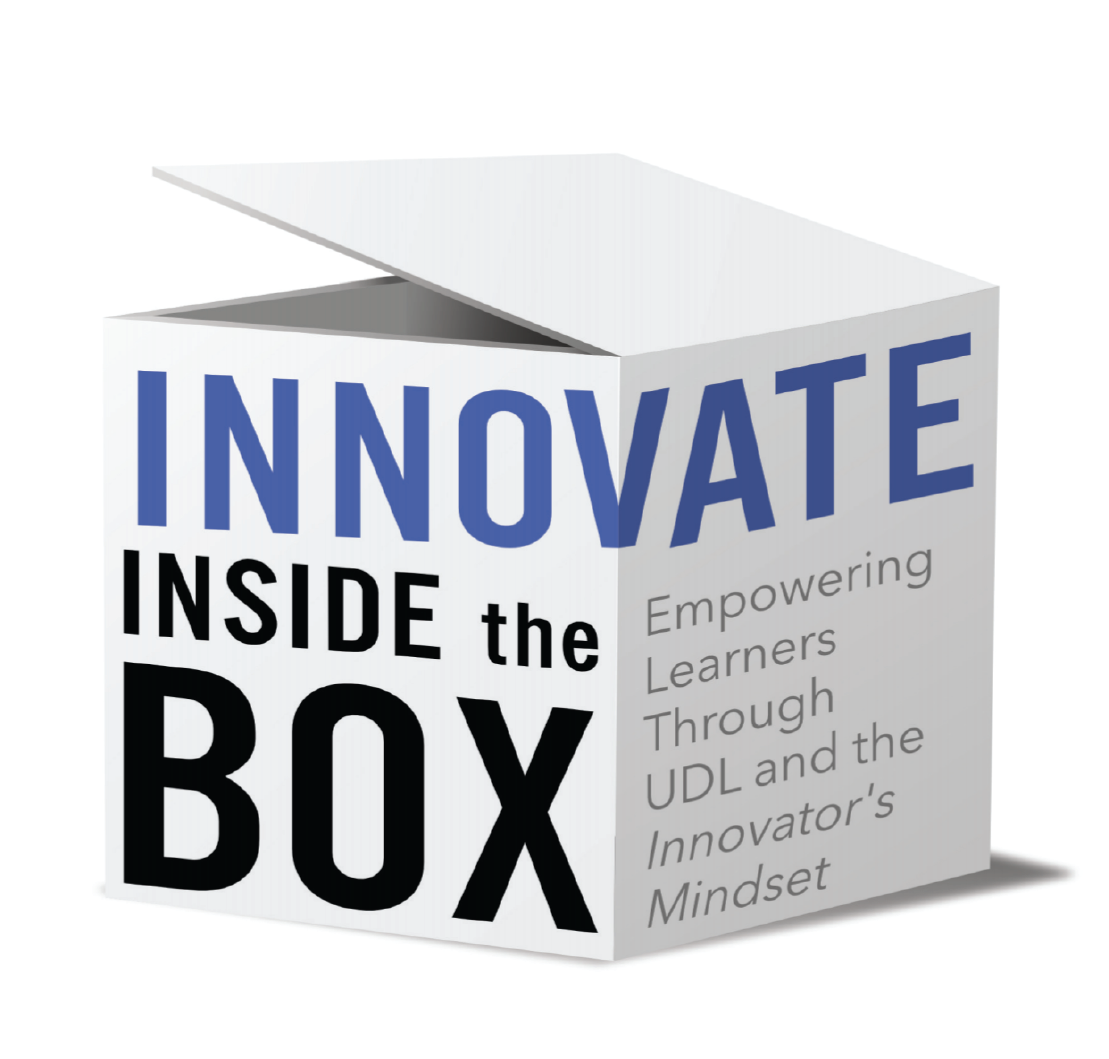There is a difference between engagement and empowerment. When we talk about empowering our learners, we mean that we are empowering them to develop the skills and motivation to find and solve meaningful problems. This chapter explores what it means to empower learners and gives specific examples that can be applied to your school, classroom and workplace.
Further Reading
- Forbes 30 Under 30 Includes Mason Student
- Willouby-Eastlake Schools Offers an Entrepreneurship Class to Students
- Taking Notes vs Taking Pictures of Notes; Which one Wins
Further Viewing
- A Young Scientist’s Journey Towards Global Electricity Access, Maanasa Mendu
- Wendy Johnson on Curiosity
Questions for Discussion
- If we look at what students are doing in the classroom as a sign of effectiveness of their teacher, what are some examples of things you would look for from students to signify great learning?
- What are some examples of “empowering learning” in your classrooms for students and in your school/organization as professionals? How are you empowered as an educator, and how does that empower students in learning?
- Curiosity and questioning are keys to empowered learning. What are some ways you can help students develop powerful questions to spark their curiosity?

